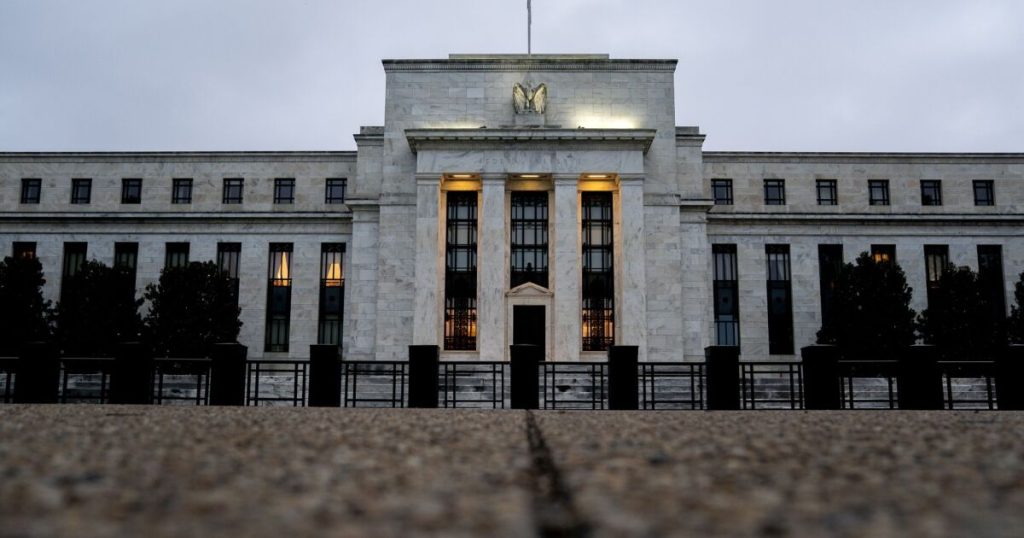Stefani Reynolds/Bloomberg
Liquidity constraints in both stock and bond markets could jeopardize financial stability, the Federal Reserve warned on Friday.
In its latest financial stability report, the central bank found that liquidity — which measures the ease of buying and selling assets — was at or near historic lows for both equities and U.S. Treasuries, raising the prospect of price volatility and market destabilization.
Lackluster liquidity is not necessarily a new development. The Fed has been flagging constraints in the Treasury market in its stability reports for
The report, which includes data collected up to the close of business on April 11, notes that both Treasury and stock markets remained functional in the immediate aftermath of President Donald Trump’s April 2
“In early April, yields on Treasury securities exhibited considerable volatility, which contributed to a deterioration in market liquidity,” the report states. “Nonetheless, amid this increase in volatility, trading remained orderly, and markets continued to function without serious disruption.”
Despite the sell-offs that followed the tariff rollout, stocks and other financial assets remain priced notably above their fundamental values, according to the Fed’s report, with values exceeding 12-month profit forecasts. Similarly, residential real estate values — measured in relation to 10-year Treasuries and based on rental equivalencies — were also elevated, nearing peaks not seen since before the subprime mortgage crisis.
Commercial real estate prices, on the other hand, showed signs of stabilizing albeit at levels that are low by historical standards. The report also flagged the potential for a wave of refinancing activity that could necessitate substantial write-downs.
“Refinancing risk remained a potential vulnerability for CRE prices. Industry estimates suggest that about 20 percent of all outstanding CRE loans, just shy of $1 trillion, will mature in 2025,” the report states.
Another area of notable risk in the biannual report was the use of leverage by financial institutions. Specifically, it pointed to hedge funds, which are financing their investments at a historically high rate — largely driven by borrowing done by a handful of very large firms.
The report noted that leverage among this group might have been reduced materially in recent weeks as hedge funds involved in
The report stated that leverage within the banking system is low, adding that increased levels of capital have made banks a source of strength for the broader financial system. Household and business balance sheets were also in good shape, with collective borrowing by those two groups trending toward historic lows relative to gross domestic product.
As is customary, the report also included results of a survey conducted by the Federal Reserve Bank of New York on the risks in financial market that participants are most concerned about.
Global trade was far and away viewed as the biggest concern, with 73% of respondents citing it, up from 33% in the prior survey. The next most cited concern was the national debt at 50%, down from 54% in November, when it was seen as the top threat.
Half of respondents listed policy uncertainty, while 41% said persistent inflation and 36% cited a risk asset price correction. Treasury market function rounded out the top six with 27% of respondents including it as a chief concern, up from 17% last fall.
The sample size of the survey is small, consisting of 22 contacts at broker-dealers, investment funds, research and advisory firms and academic institutions. Most of the responses were collected before Trump’s April 2 tariff announcement.

